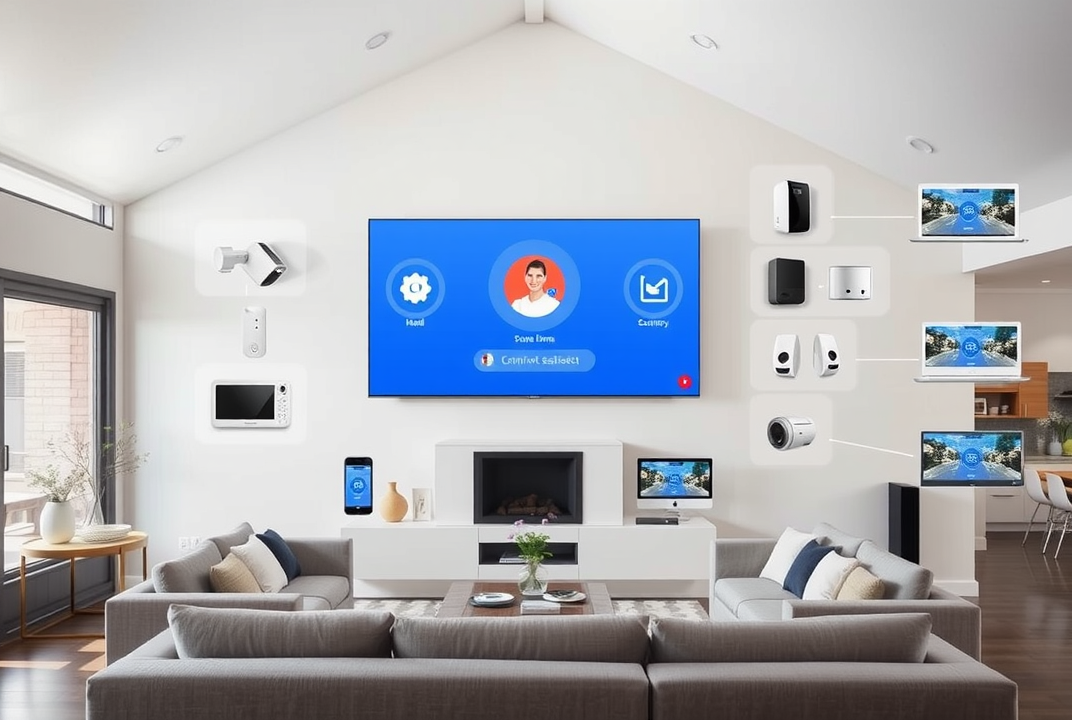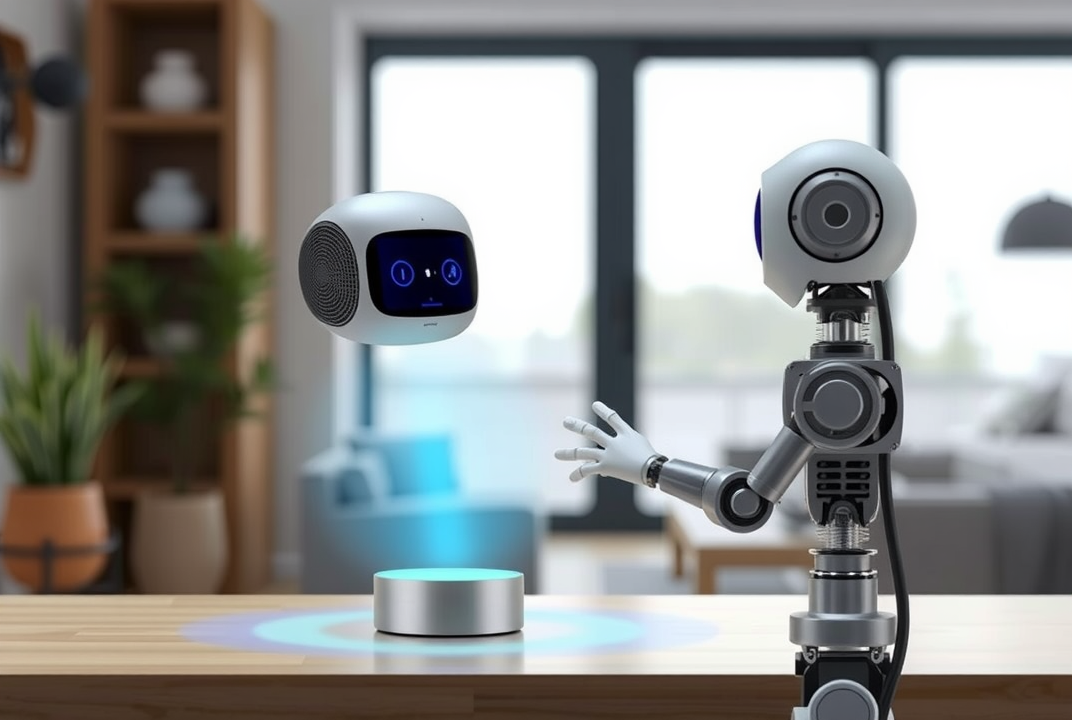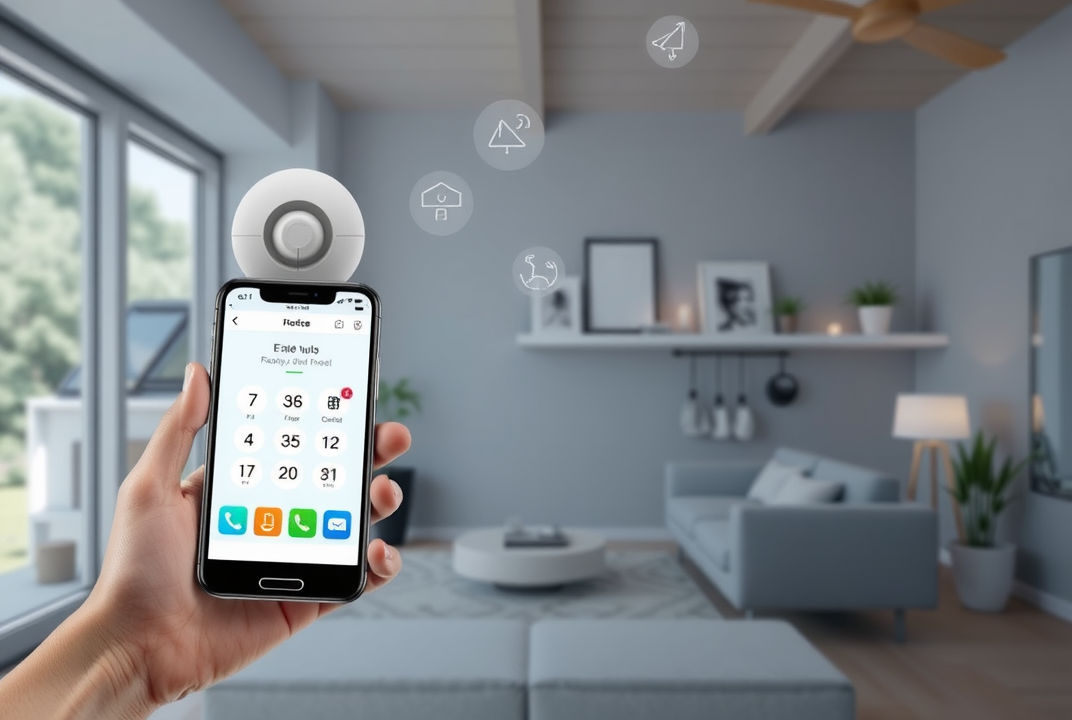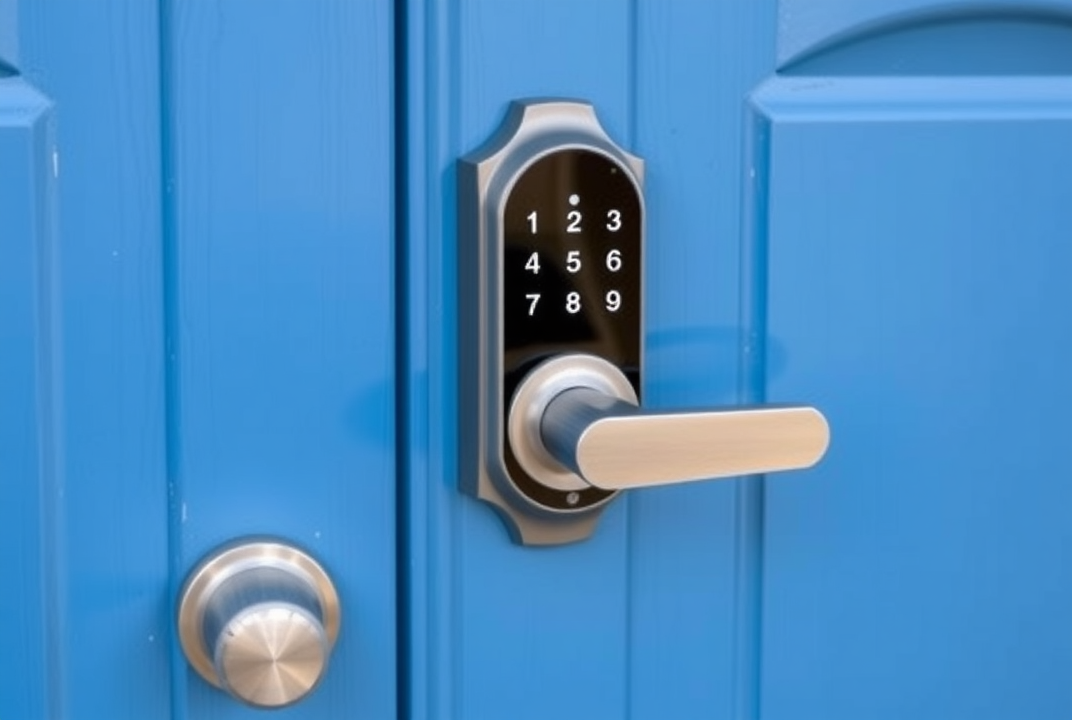AI-Powered Smart Homes: Balancing Convenience and Security

Introduction
Imagine waking up to a home that already knows your morning routine, adjusts the thermostat for your comfort, turns on the lights, and brews your coffee. This is not a scene from a science fiction movie but a glimpse into the world of AI-powered smart homes. As technology advances, smart homes are becoming increasingly popular, blending convenience with enhanced security.
In this article, we will explore the evolution and impact of AI smart homes. We will examine how these homes provide convenience while addressing potential security concerns.
The Rise of AI in Smart Homes
AI technology is revolutionizing how we interact with our living spaces. From voice-activated assistants to automated lighting systems, AI integration makes homes more efficient and user-friendly.
-
Home Automation: AI enables automation in almost every aspect of home management. Activities such as grocery shopping can be automated by integrating AI with kitchen appliances.
-
Smart Assistants: Devices like Google Home or Amazon Alexa allow users to control home features through simple voice commands.

Convenience Meets Technology
The convenience offered by AI in smart homes is unmatched. These technologies streamline everyday tasks and enhance the living experience.
-
Energy Efficiency: AI-controlled thermostats optimize energy use, reducing bills.
-
Remote Monitoring: Homeowners can manage devices from anywhere using smartphones or tablets.

Security Concerns and Solutions
While AI increases convenience, it also raises security challenges. Protecting personal information and home devices is crucial.
Potential Risks:
-
Unauthorized access to networks
Data privacy breaches
Mitigation Strategies:
-
Employing robust encryption techniques
-
Using multi-factor authentication

Balancing Security and Convenience
Device Integration: Ensuring each newly added smart device is secure.
User Education: Understanding potential risks associated with AI devices helps users take proactive measures to protect their privacy.

Future Directions of AI Smart Homes
Market trends indicate a rise in AI smart home adoption. Future innovations are likely to focus on enhancing both convenience and security through more intelligent systems.
-
Machine Learning: Adapting to users' habits over time for personalized experiences.
-
Interconnected Ecosystems: Greater synergy between devices will lead to smoother smart home interactions.
Conclusion
AI-powered smart homes are changing how we live, offering a blend of convenience and security. Understanding these systems not only enhances living experiences but also helps users effectively address privacy concerns. As the technology evolves, the possibility of living in a truly interconnected home becomes more attainable.
For those interested in transforming their living spaces, exploring AI smart home solutions provides an opportunity to embrace the future of living.